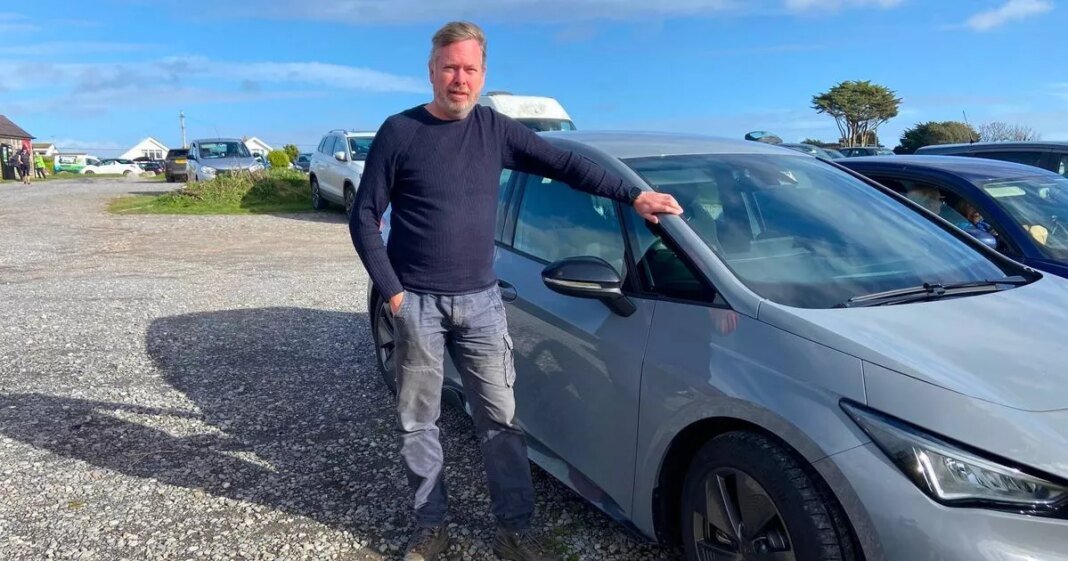A strong advocate for the UK’s net zero target by 2050 and the fight against climate change, I made the switch to an electric car (EV) in 2023. After documenting my experience, I realized there were both positives and negatives to consider.
My Cupra Born EV was acquired through a leasing program, covering all maintenance, repairs, insurance, and other costs. While this setup offers convenience, the downside is not owning the vehicle at the end of the lease.
The upfront cost of buying the EV outright would have exceeded £36,000, making it unaffordable for many. Additionally, insurance premiums for EVs are currently higher than traditional vehicles, although maintenance costs are generally lower due to fewer mechanical components.
One of the key reasons for transitioning to an EV was its environmental impact. Driving past children and witnessing the pollution from my old petrol car made me conscious of the need for change. The rising petrol prices and the inevitable decline of petrol and diesel cars further motivated my switch to electric.
Before even acquiring the EV, I had to invest in a home charger, essential for convenient charging if you have off-street parking. Despite the initial cost, home charging is significantly cheaper than public charging options.
Transitioning to an EV introduced me to new technological features and charging routines. Home charging allowed me to schedule and optimize charging times, taking advantage of lower electricity rates during off-peak hours.
Traveling to see family in England presented some challenges with public charging. Despite initial difficulties at charging stations, finding alternative locations eventually resolved the issue.
Overall, my experience as an EV owner has been positive, with lower local travel costs and a guilt-free driving experience. However, the lack of charging infrastructure poses a significant challenge for widespread EV adoption, highlighting the need for more investment in charging networks to accommodate the growing demand for electric vehicles.



